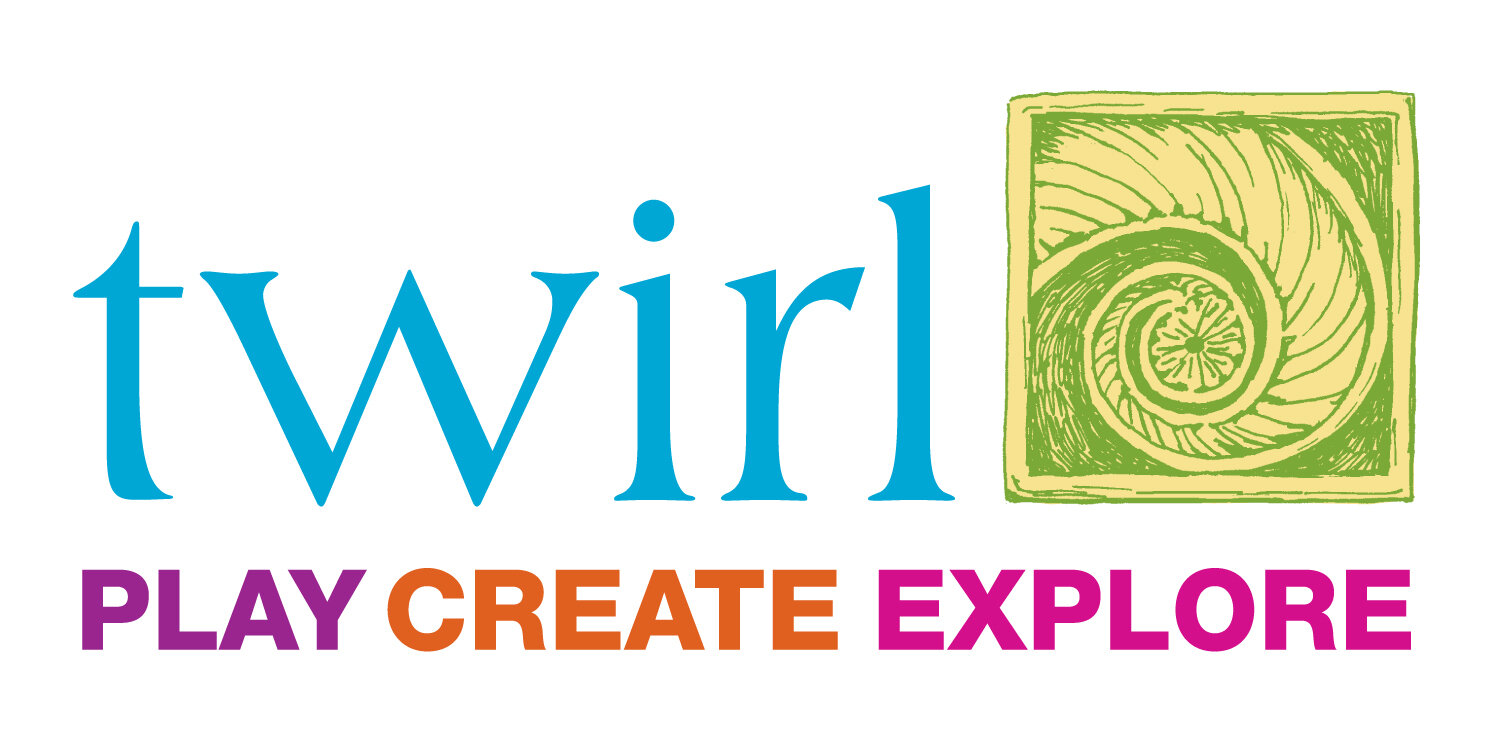Twirl Element: Distorting Mirrors
Made By: Explora
A distorting mirror, funhouse mirror, or carnival mirror consists of a curved surface that reflects while also using convex and concave sections to achieve the effect of distortion. These mirrors offer up a silly optical illusion of ourselves and help to orient oneself in the world.
The distortion mirrors help children engage with the “orientation” schema, which is a very physical and active form of play. It is the interest of seeing how things look from different angles and how things might change when reoriented. It’s all about how objects look from different angles and perspectives.
SCHEMAS are patterns of behaviors that help young children organize and interpret information, helping them make sense of the physical and social world around them. When babies, toddlers, and young children engage in repeated behaviors, they are often involved in a schema. Nine schemas are recognized by Early Childhood educators but the possibilities on schematic play themes are endless. Learn more about schemas and schematic play here.
Nine commonly observed types of schemas in play: orientation, connecting, transforming, trajectory, rotation, enveloping, enclosing, positioning, and transporting.
Observations to ask:
How do you look in the mirror?
Is all of you reflected in the mirror?
What has changed about you in the mirror?
If you move, how does the reflection change?
Can you place objects in front of the mirror and see a difference in how they look?
What else can you do to change the reflection?

